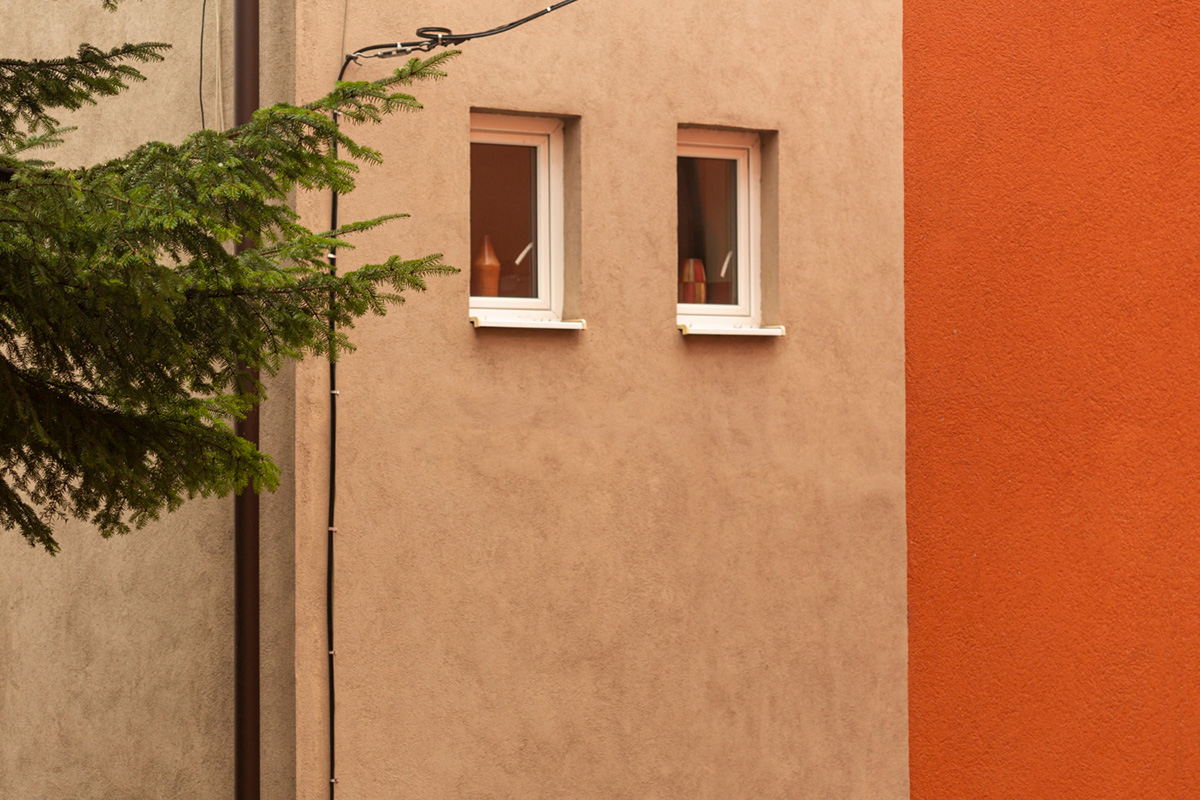How Weather Affects Exterior Paint

Painting the exterior of your home is an investment in your property, not only enhancing your home’s curb appeal but also providing protection against the elements. However, weather conditions can significantly impact the durability and overall appearance of your exterior paint. In this blog, we’ll explore how weather conditions can affect exterior paint and how you can ensure that your paint job lasts for years to come.
Temperature
Extreme temperatures can have a significant impact on the longevity of your exterior paint. High temperatures can cause the paint to dry too quickly, leading to improper adhesion and cracking over time. On the other hand, cold temperatures can prevent the paint from curing properly, leading to bubbling and peeling. The ideal temperature range for exterior painting is between 50 and 85 degrees Fahrenheit.
Moisture
Moisture is one of the most significant factors affecting exterior paint. High humidity, rain, and snow can all lead to premature fading, peeling, and blistering of the paint. If your home is located in a humid or rainy area, using a paint product specifically formulated for those conditions can help extend the lifespan of your paint.
UV Rays
Another factor affecting exterior paint is exposure to UV rays. Direct sunlight can cause the paint to fade, chalk, and lose its sheen over time. Using high-quality paint with UV protection can help slow down the fading process and extend the life of your paint job. Additionally, applying a protective coating over your paint can also help extend its life.
Wind
Wind can cause problems for an exterior paint job by carrying dirt, dust, and other debris that can get embedded in your paint, leading to staining and erosion. High winds can also cause physical damage to the paint, such as chipping and cracking. Painting on a day with low to no wind can help to avoid these issues.
Seasonal Changes
Seasonal changes can also affect the longevity of your exterior paint job. During the winter months, extreme cold and snow can cause damage, while in the summer, heat and humidity can take their toll. Fall and spring are typically the best times to paint the exterior of your home, as temperatures are generally mild, and rainfall tends to be less frequent.
Conclusion
Painting the exterior of your home is a significant investment, and it's essential that the job is done correctly to provide maximum protection and longevity. By taking into account the weather conditions in your area and using high-quality paint and protective coatings, you can ensure that your exterior paint job lasts for many years to come. At Lakestone Painting, we specialize in professional painting services that are tailored to your specific needs. Contact us today for a free consultation, and let us help you achieve the beautiful, long-lasting exterior paint job you deserve.